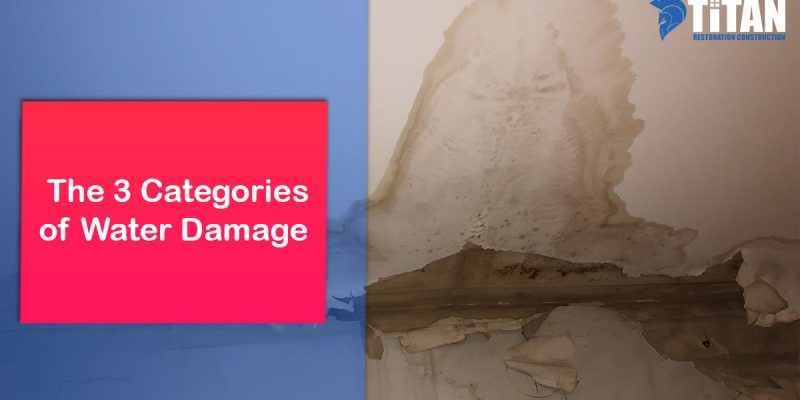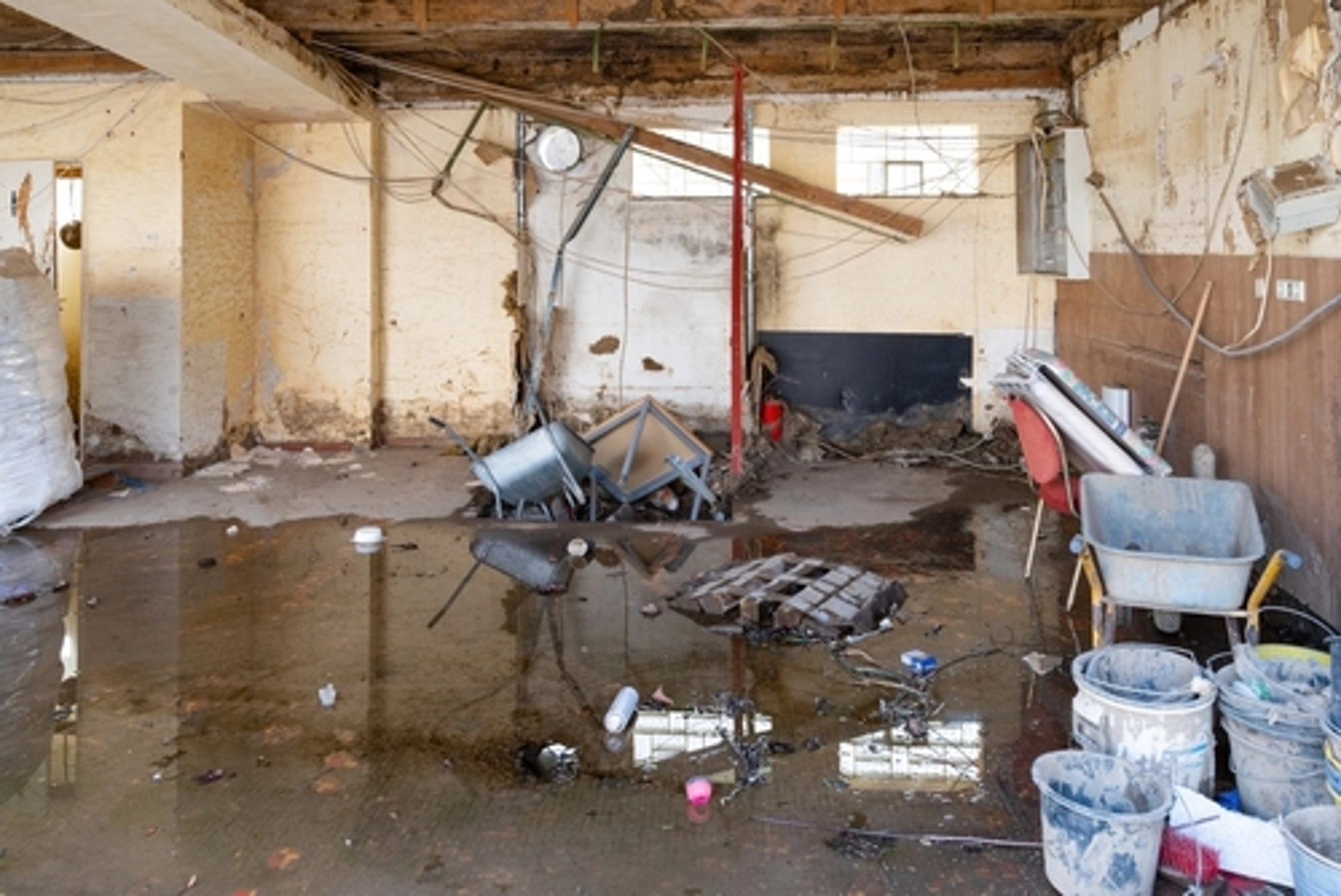The Process of Water Damage Cleaning: Ensuring Your Home Is Restored Effectively
Water damages can be a complicated obstacle for property owners, demanding a organized and meticulous clean-up procedure to restore safety and capability. A comprehensive analysis is important to determine the degree of the damage and identify the ideal remediation steps. Following this, reliable water extraction methods play a critical function in alleviating more damage. Nonetheless, the subtleties of drying out, disinfecting, and ultimate restoration are just as necessary and frequently ignored. Comprehending these phases can make a substantial difference in the outcome of your home's remediation, triggering a closer check out what each action requires.
Examining the Damages
Upon uncovering water damage, the very first action is to thoroughly examine the level of the impact. This preliminary evaluation is crucial, as it helps identify the needed actions for effective clean-up and reconstruction. Begin by evaluating the influenced locations, consisting of wall surfaces, ceilings, floors, and individual valuables, to identify the resource of the water invasion, whether from flooding, leaks, or condensation.
Recording the damage is essential for both insurance cases and preparing remediation initiatives - damage restoration services. Usage photos and written notes to capture the intensity of the damages, noting any type of afflicted structural components and products. Pay unique focus to locations that may not be immediately visible, such as behind wall surfaces and under rugs, as hidden dampness can result in additional problems, including mold and mildew growth
Furthermore, analyze the timeline of the water exposure. Eventually, a thorough evaluation lays the foundation for a successful water damages cleaning procedure, making sure that all influenced areas are resolved efficiently and thoroughly.
Water Extraction Strategies

Professionals typically use submersible pumps for bigger volumes of water, which can rapidly alleviate flooding in basements or other impacted locations. For smaller sized quantities, wet/dry vacuum cleaners are usually utilized to extract recurring wetness from carpets and tough surfaces. Additionally, making use of mobile extractors enables for targeted removal in confined rooms or locations with delicate materials.
In instances of contaminated water, such as sewage or floodwater, advanced removal methods may entail the use of biohazard tools to ensure safety and security and compliance with health guidelines. High-powered extraction devices are vital in lessening water retention in structural products, which can result in mold and mildew growth and architectural degeneration if not resolved quickly.
Inevitably, the efficiency of water removal techniques plays a pivotal duty in the total success of the water damage cleaning process, laying the groundwork for succeeding remediation initiatives.
Drying and Dehumidification
As soon as standing water has actually been properly extracted, the next vital phase in the water damage cleaning procedure is drying and dehumidification. This action is vital to prevent more damage and mold and mildew growth, which can happen within 24 to two days in damp environments.
To achieve efficient drying out, customized equipment such as industrial-grade air movers and dehumidifiers is utilized. Air movers distribute air throughout damp surface areas, boosting evaporation rates, while dehumidifiers minimize moisture degrees airborne, advertising a conducive atmosphere for drying. The mix of these tools guarantees that dampness is attracted out from wall surfaces, home furnishings, and floorings, permitting them to completely dry thoroughly.
It is essential to keep an eye on the drying out process closely. Specialists commonly make use of moisture meters to evaluate the moisture content in numerous materials, making certain that all influenced locations get to appropriate dry skin degrees. This thorough strategy aids to protect against covert wetness pockets that might cause structural damage or unhealthy mold growth.

Cleaning and Disinfecting
After the drying and dehumidification stage is total, the next essential action in water damage cleanup is cleaning and sanitizing the affected locations. This process is important to stop the development of mold, microorganisms, and various other microorganisms that flourish in moist environments.
The cleansing phase usually involves getting rid of any particles, dirt, and contaminants from surface areas utilizing specialized cleaning up agents. For hard surfaces, a combination of soap and water or business cleansing items is commonly utilized. Soft materials, such as upholstery and carpets, might need much more extensive cleansing methods, consisting of heavy steam cleaning or deep extraction techniques, to make sure thorough sanitation.

Disinfecting adheres to cleansing, making use of EPA-approved disinfectants to remove unsafe bacteria. This step is essential, specifically in locations that may have entered call with floodwaters or sewer, as these sources can position significant health threats.
In addition, it is essential to deal with any kind of staying odors, which might call for the use of odor neutralizers or advanced techniques like ozone treatment. Appropriate cleaning and sterilizing not only restore the safety and hygiene of your home but also lay the groundwork for successful repair and repair services in succeeding phases of the water damage clean-up process.
Remediation and Repair Work

As soon as the analysis is total, restoration efforts can begin. This usually includes repairing or changing damaged products, ensuring that all work abides by regional building codes and standards. If drywall has actually been jeopardized, it will need to be gotten rid of and replaced with new material. Furthermore, flooring may need comparable attention, relying on the level explanation of water direct exposure.
It is vital to involve experienced remediation experts during this procedure, as they have the expertise to deal with complex repair work efficiently. They can help reduce prospective future problems, such as mold and mildew development or architectural instability, thus making sure a secure and habitable living environment. Eventually, reliable remediation and fixings restore the home's stability and boost its general value.
Final Thought
Finally, the procedure of water damages cleaning is critical for bring back a home to its pre-damage problem. Each stage, from assessing the damage to carrying out efficient water removal techniques, followed by comprehensive drying, sanitizing, and necessary fixings, plays an important function in ensuring safety and security and conformity with building standards. Reliable implementation of these steps not only minimizes prompt damage but also boosts the lasting honesty and worth of the residential or commercial property.
Water damages can be a daunting challenge for homeowners, demanding a thorough and organized clean-up process to restore safety and security and capability. Eventually, an extensive analysis lays the foundation for an effective water damages clean-up process, guaranteeing that all affected areas are resolved properly and completely.
Reliable water extraction strategies are essential in alleviating damages and avoiding more complications complying with a water intrusion event.In verdict, the process of water damages cleaning is vital for restoring a home to its pre-damage condition. Each stage, from examining the damage to implementing efficient water removal methods, followed by comprehensive drying out, disinfecting, and necessary repair services, plays a necessary role in making sure safety and conformity with building criteria.